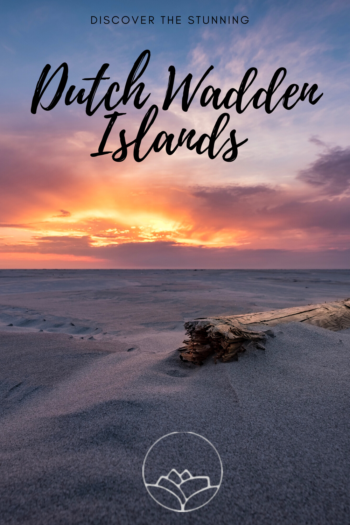Special nature reserves on the Wadden Islands
In addition to cosy villages, the Wadden Islands are known for their exceptional nature reserves. And rightly so, the Wadden area is a place where salt and fresh and wet and dry meet. No wonder that this ensures that so many different animals and plants flourish here. Nothing beats enjoying the Dutch dunes! In this article we list some of the most beautiful areas for you to visit during a holiday to the Wadden Islands.
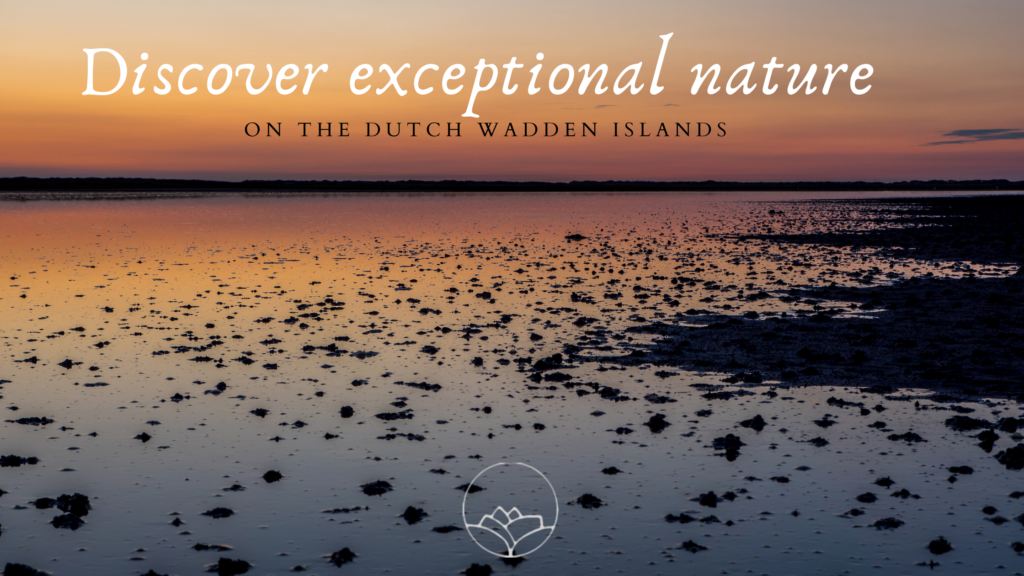
Experience nature in the Wadden Sea
All fun and games but where do you start and what is that ‘Wadden nature’? It all starts with Texel, where ‘Natuurmonumenten‘ has worked hard over the years to preserve and protect various sandbanks and breeding sites.
This has created a kind of pearl necklace of special places along the Wadkust, where all kinds of different birds come to rest and breed during the big bird migration. For the birdwatcher or the bird guide fanatic, the true Walhalla.
“Everyone likes birds. What wild creature is more accessible to our eyes and ears, as close to us and everyone in the world, as universal as a bird?”
-David Attenborough-
What makes Wadden nature so special
Wadden nature has been shaped by the creation of the Dutch Wadden area, the help of man and its special location. Because of the large sand plains with comical names like: ‘The soft bed’, ‘the English plate’ and ‘the Beans’. But also because of the many gullies, the tide and the sea gates, the Wadden area is a continuously changing painting.
For millions of birds the Wadden Sea area is an indispensable place, they breed here, hibernate there or use it as a stopover for their migration from the far north to Africa.
At low tide it is a restaurant for birds that feed on shells and bottom creatures. At high tide, the air and sea are dominated by the common tern, falcons, owls and other special birds. There is one constant whether it is ebb or flow and those are the seals, you always see them. But that’s not all, even if you’re not too keen on birds, the Wadden area is a true spectacle that changes before your eyes.
The Wadden Islands, each with its own special and sometimes cruel history, all have one or more sometimes protected nature reserves that are worth a visit for the nature lover or the Slow traveler.
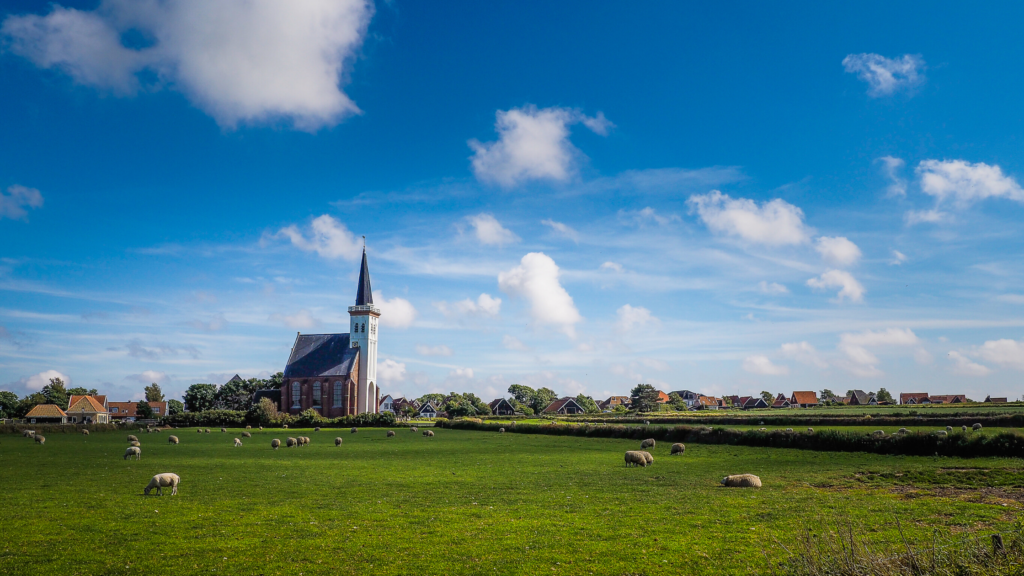
Waalenburg nature reserve on Texel
It all started with polder Waalenburg in 1909, when Natuurmonumenten wanted to ensure that this beautiful part of the Netherlands would remain protected. They bought this former salt marsh and did as little as possible to it, to let nature take its own course. It is a polder in the middle of Texel, that it was once a salt marsh can still be seen by the characteristic meadow mills that still regulate the water level in the polder.
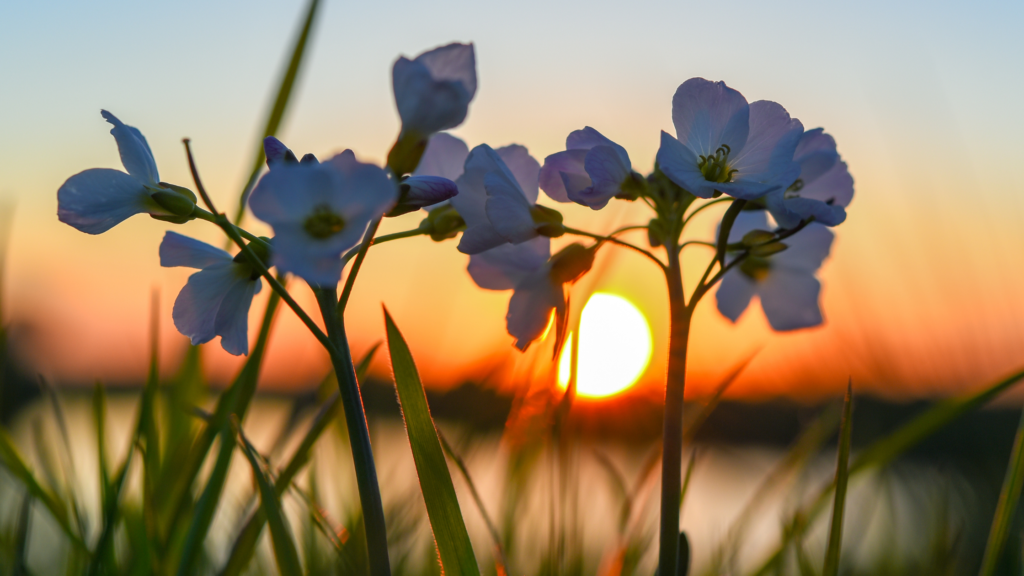
It is home to colourful orchids, cuckoo flowers and other luxuriant plants. A true explosion of scent and colour. In addition, it is the nursery of all kinds of special meadow birds. This area can be visited with a forest ranger from Natuurmonumenten, who will tire you endlessly with the most fascinating information about everything there is to see, hear and smell along the way.
The Slufter on Texel
Nature reserve the Slufter is a salt marsh area where the Wadden Sea is visited twice a day and the creeks are filled with salt water. This is when the weather is calm, when there is a storm the water floods the whole nature reserve and a small inland sea is created.

What grows very aptly in large numbers on this island famous for its sheep is sea lavender.[in Dutch it’s called Lamb’s ear] This causes the whole area to turn pink during flowering, a phenomenon you can really marvel at.
How is it possible that this is where the sea penetrates so far into the land?
The row of dunes that once stood on this side of the island was broken through by the rising water. The power of the sea is too strong to close this hole again, however much they wanted it at the time. This ‘failure’ creates a unique piece of nature, which because of its silt is a good breeding ground for plants such as the aforementioned sea lavender, English grass and glasswort. This makes it the best bistro for a lot of different birds.
Kroon’s polder on Texel
An example of how mankind has helped nature can be found on Wadden Island Vlieland. On the west side of the island, between 1898 and 1934, the Kroon’s polders were constructed by a Mr. Kroon, who was supervisor on behalf of the Department of Waterways and Public Works. The assignment was to construct these polders to prevent the island from breaking in two during a heavy storm.
By constructing polders next to the narrowest part of Vlieland, they wanted to prevent this from happening. They also hoped to turn these four polders into fertile farmland, just as they did when the IJsselmeer was created. The latter turned out to be impossible because of how wet and salty the area remained, despite several attempts to reclaim it.
Since 1960 it has been managed by Staatsbosbeheer and officially a nature reserve. There are several paths and routes for walking or cycling along Kroon’s polder. Again, it is an oasis of flowers, animals and amazing views.
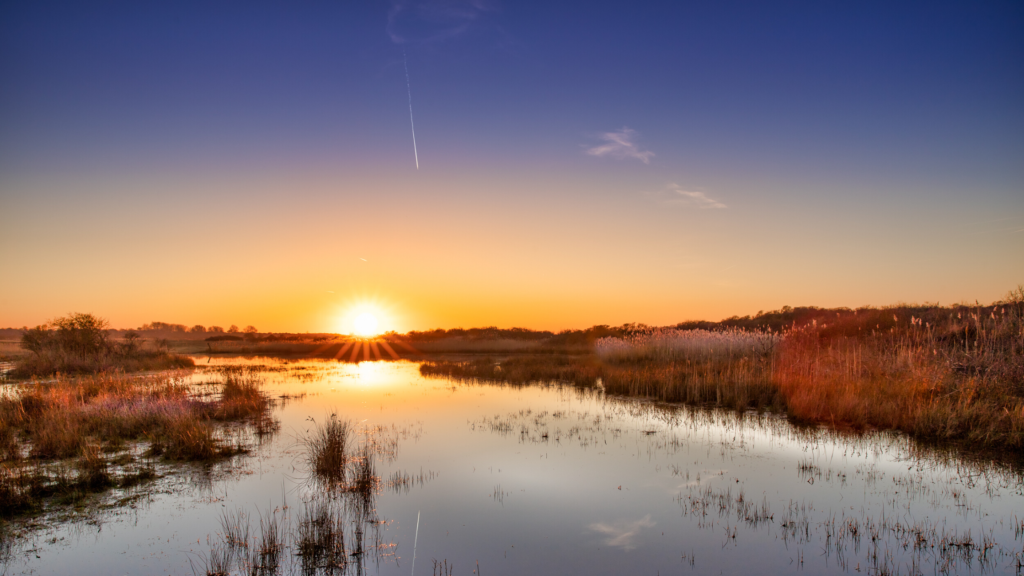
The Boschplaat on Terschelling
On the east side of Terschelling you will find the Boschplaat nature reserve, which measures 10 by 5 kilometres and used to be a loose sandbank off the coast of the Wadden Island.
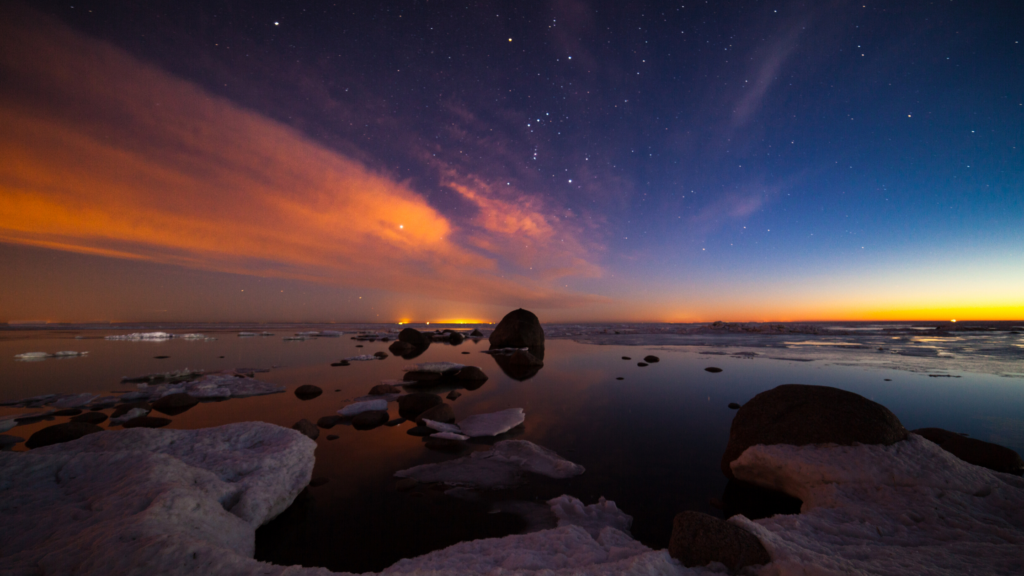
The trench between the sandbank and the island has silted up and that is how this special area was created at the beginning of the last century. This nature reserve is also a true bird paradise and is closed to the public between April and August to give breeding birds such as the Spoonbill and the Little Black-backed Gull all the peace and quiet they need. However, throughout the year you can follow a beautiful route along the impressive row of dunes and experience what it’s like to be all alone in the world.
Dark sky park Boschplaat
In 2015, Boschplaat was awarded the “Dark sky park” designation by the International Dark Sky Association. In a Dark Sky Park you can experience the total darkness of the earth at night, and see the starry skies to the fullest. And that’s for a good reason, this beautiful piece of the Netherlands is truly one of Europe’s top spots for stargazing, alone or as the pinnacle of romance, together.
Nature on Ameland
Also on Ameland it is the East Side where you will find two of Ameland’s most beautiful pieces of nature: Oerd & the Hon. What’s in the name! Even though they are more throat sounds than serious names, that doesn’t detract from the impressive picture. This is where you see thousands of geese migrating here every spring. But is it also the place par excellence where birds from all over the mudflats come to rest during high tide, after spending hours searching for food during the low tide.
At the Ameland Tourist Office you can pick up various routes for walking or cycling through these special overgrown dune areas.
Not only the Dunes and the East side of Ameland are very special. The enormous beach of Ameland, 27 km long, is also a natural wonder in itself. Would you like to experience that beach but don’t feel like having to walk all 27 kilometers? Then consider joining us aboard an authentic flat-bottomed ship and go sailing for a week on a wadden stray trip this summer and experience what it’s like to sail on to the beach!
Schiermonnikoog nature reserve
Given the small size of Schiermonnikoog and the diversity of nature, the whole of Schiermonnikoog has been declared a nature reserve.
Again, one bird after another from the encyclopaedia is ticked off, but even more than that, this is the place where you can spot seals close to the beach on several sandbanks and so close that you really don’t need binoculars to be able to count whiskers.
Wadden Island Schiermonnikoog is also known for its amazing dune valleys, which in summer are full of blossoming orchids and clouds of butterflies. These dune valleys are easily accessible on foot or by bike.
Would you like to visit these places on an antique sailing ship this summer, for example? Click here for more information orhere if you have any questions or want to book directly.
